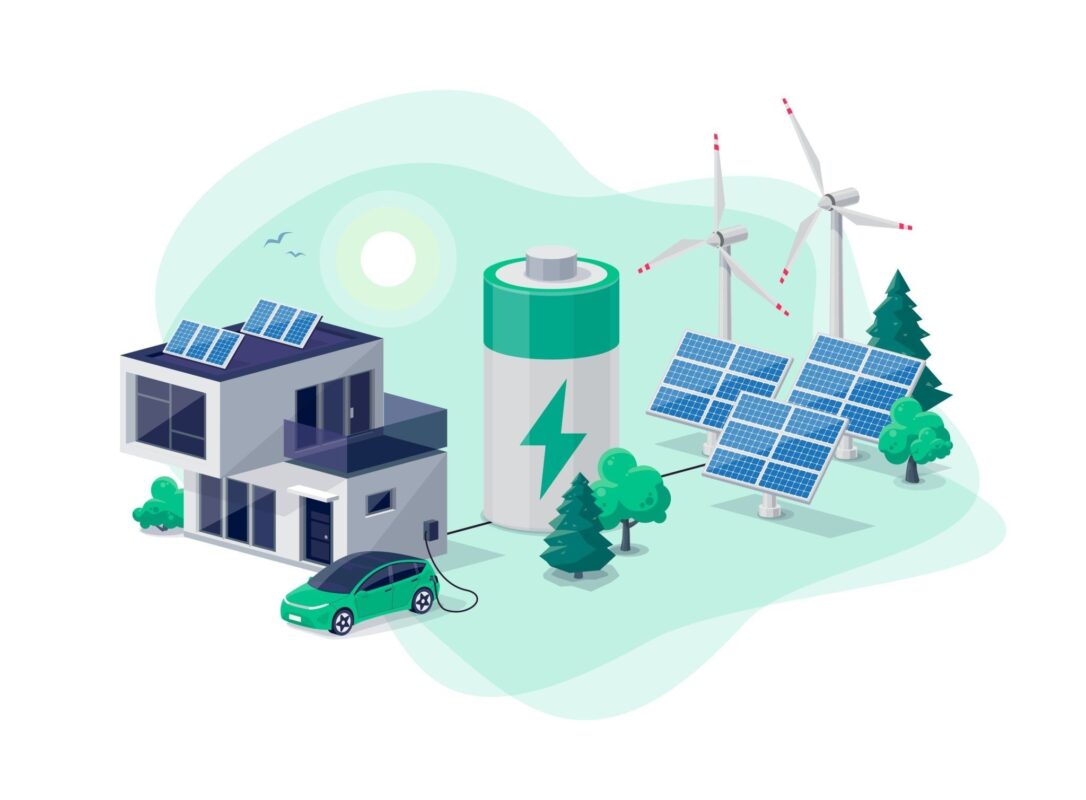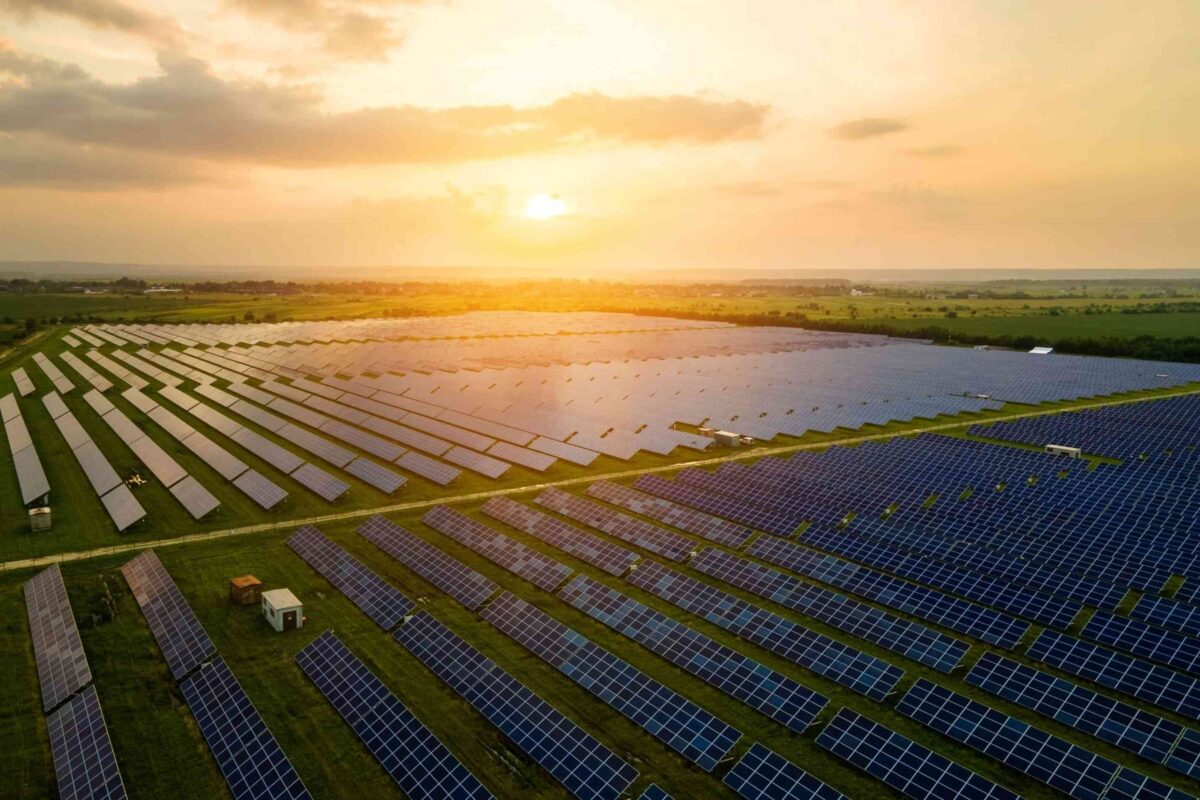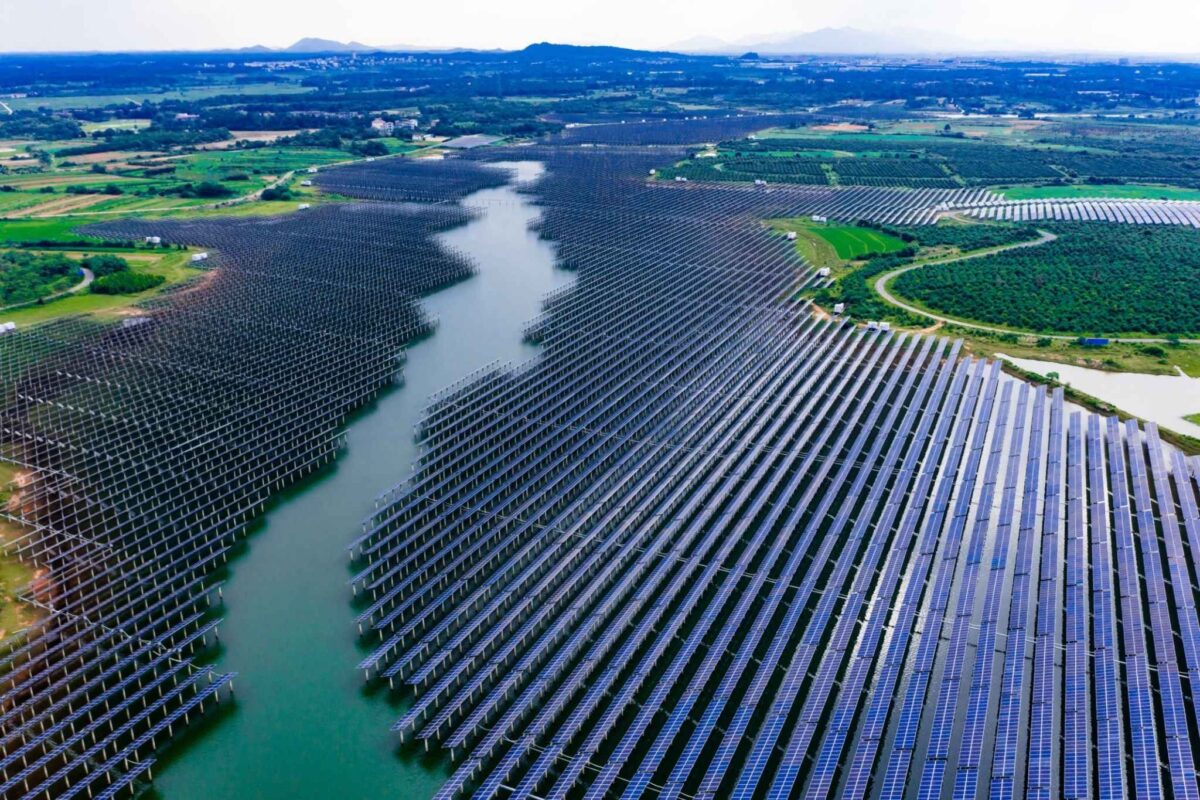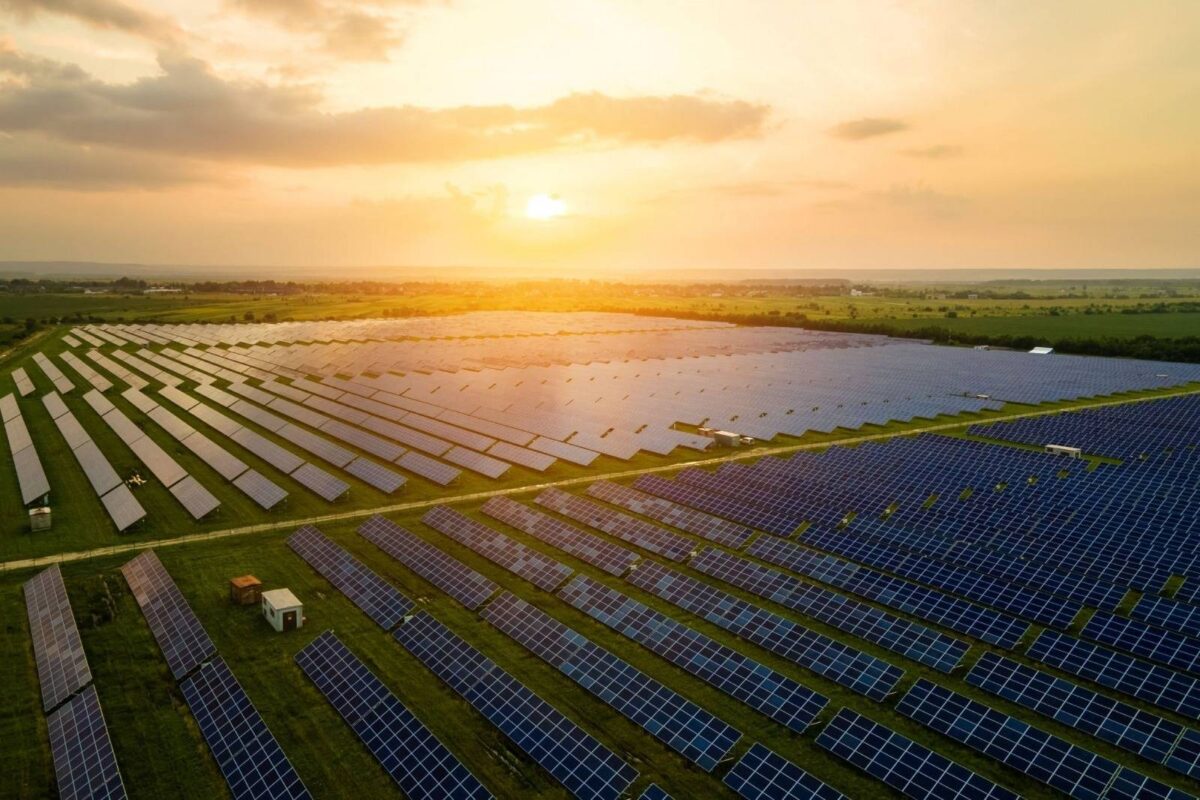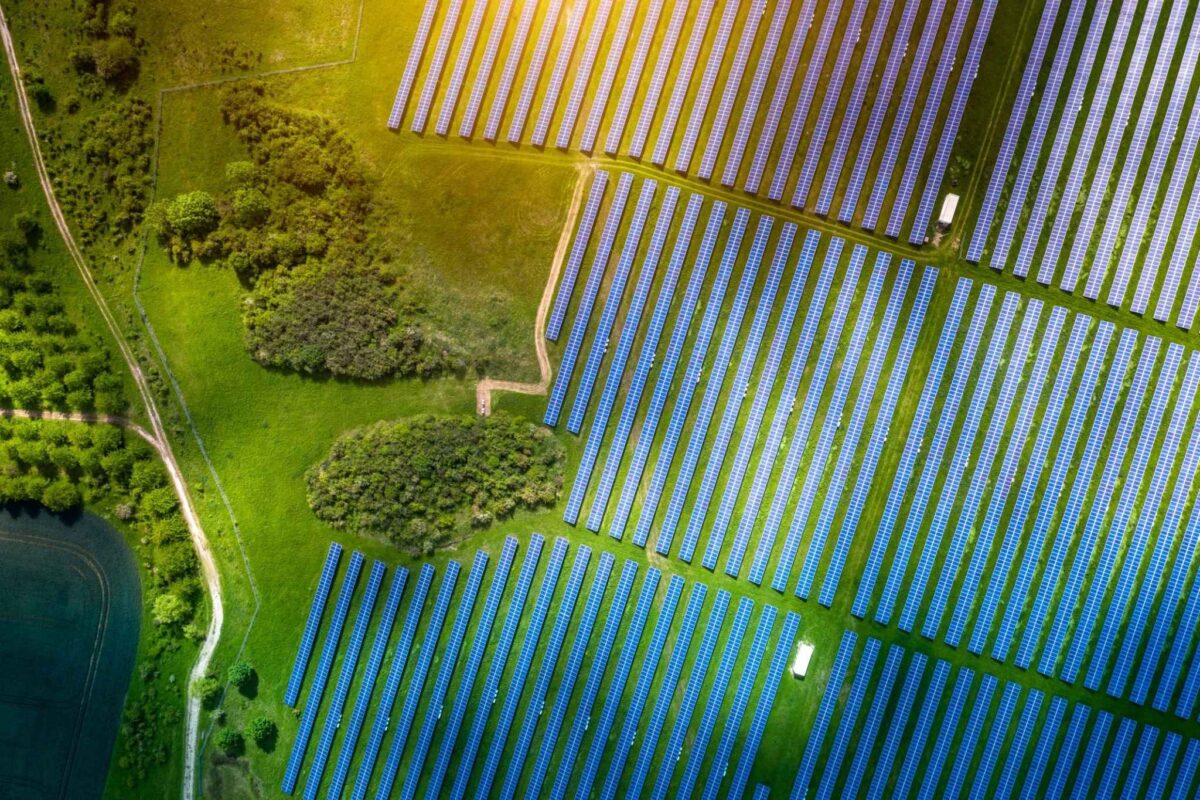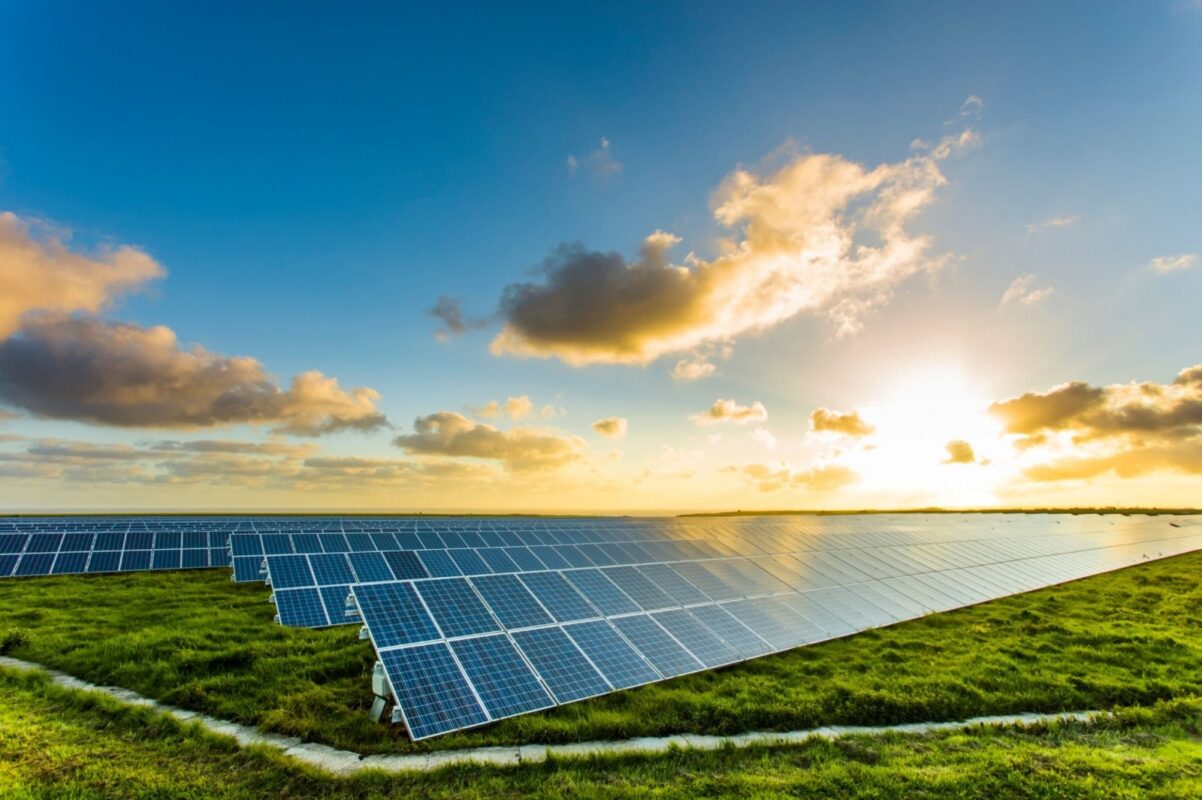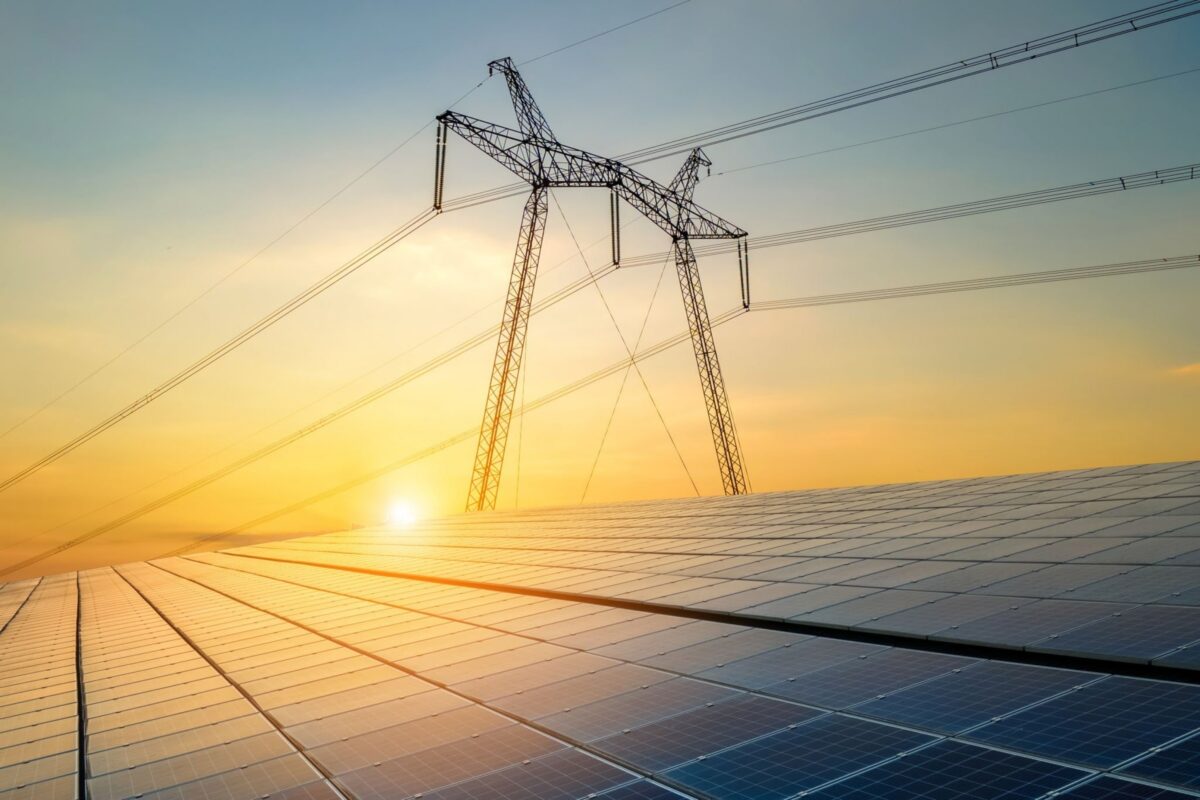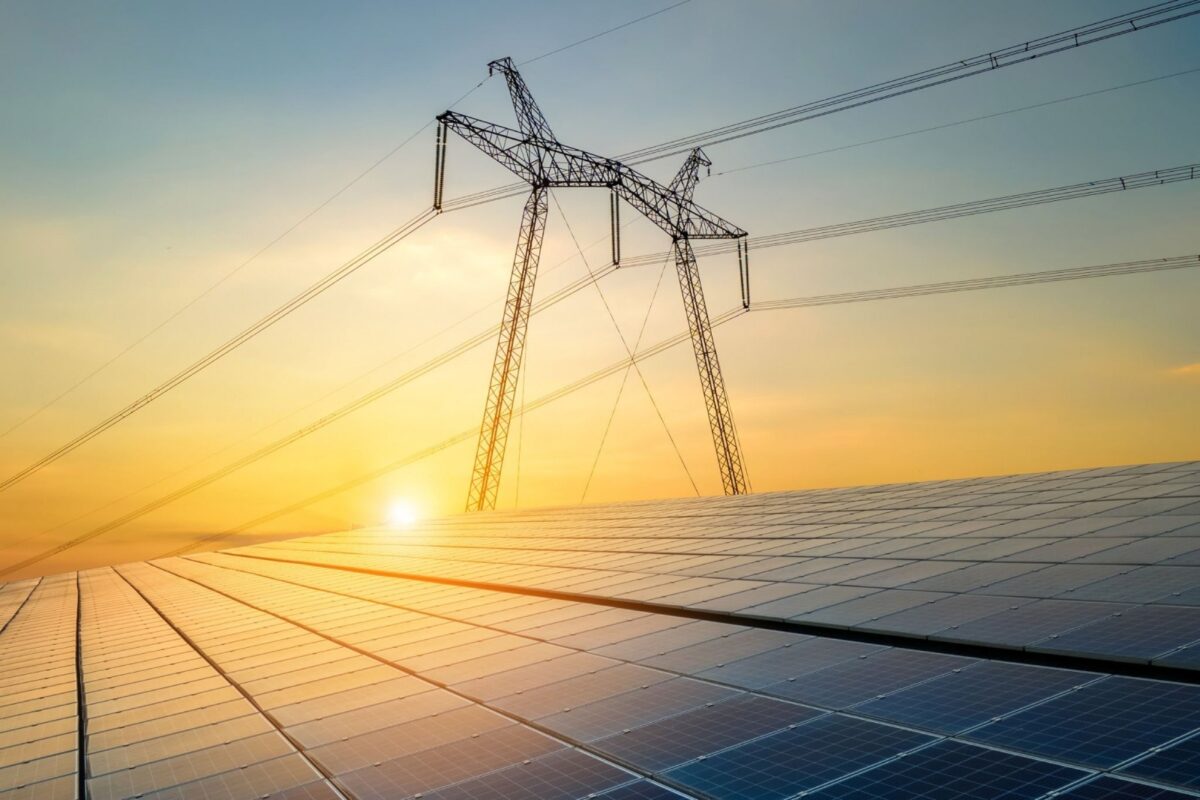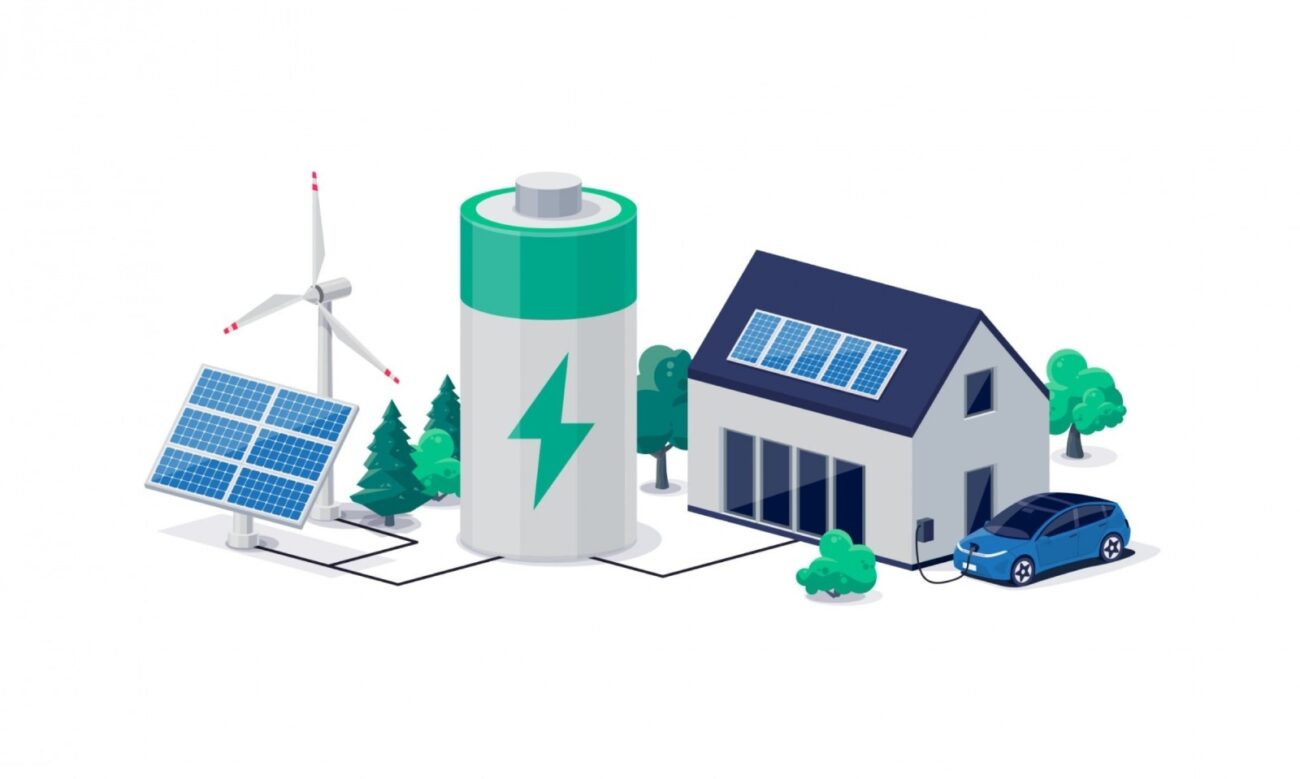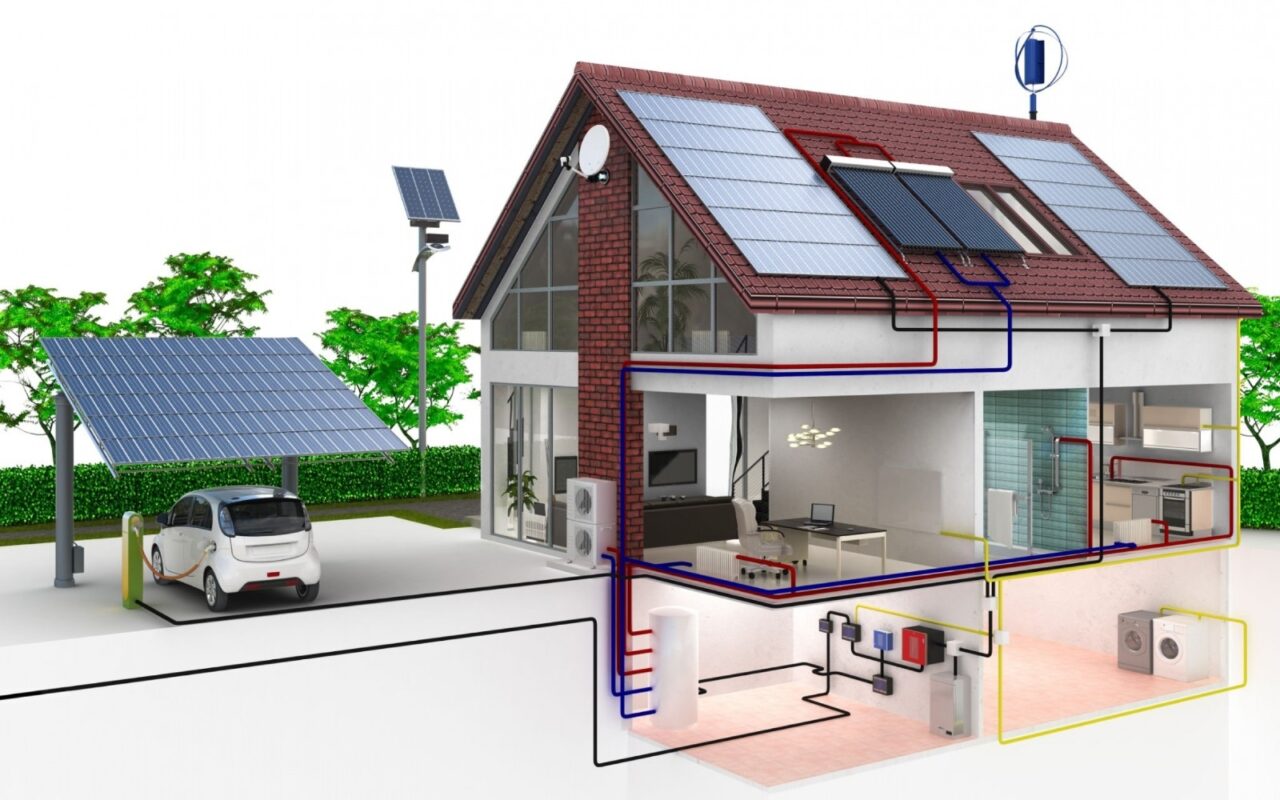The use of solar energy has become increasingly popular in recent years due to its cost-effectiveness, environmental sustainability, and abundance. However, the efficiency of solar cells has been a persistent limitation for widespread adoption. Solar cell efficiency is defined as the percentage of sunlight energy that is converted into usable electrical energy. The current efficiency limit for silicon-based solar cells is approximately 26%, which means that 74% of the sunlight energy is lost. Scientists and engineers are constantly striving to push the efficiency limit to its maximum potential. In this blog, we will explore the cutting-edge research and development efforts that are aiming to achieve maximum solar cell efficiency.
- Theoretical Limit of Solar Cell Efficiency
Before discussing the current efforts to achieve maximum solar cell efficiency, it’s essential to understand the theoretical limit. The theoretical limit for a single-junction solar cell is known as the Shockley-Queisser limit, which is approximately 33.7%. This limit is based on the fundamental principles of thermodynamics and the properties of semiconductor materials. However, it is challenging to achieve this limit in practical applications due to the loss of energy through heat, reflection, and recombination of electron-hole pairs.
- Breaking the Efficiency Barrier: The Multi-Junction Approach
One promising approach to increase the solar cell efficiency is by using a multi-junction solar cell. A multi-junction solar cell is a stack of two or more semiconductor materials with different bandgap energies that can absorb different wavelengths of light. When the absorbed photons generate electrons and holes in each layer, they are separated and collected to generate an electrical current. By using multiple layers of semiconductor materials, the solar cell can absorb a broader spectrum of sunlight, leading to higher efficiency.
Currently, the most efficient solar cells in the world are multi-junction solar cells, with a record efficiency of 47.1%. These cells are typically used in space applications due to their high efficiency, durability, and lightweight. However, the cost of manufacturing these cells is high, making them less feasible for terrestrial applications. Therefore, researchers are working on developing more affordable and scalable manufacturing techniques to make these cells more accessible for commercial use.

- Perovskite Solar Cells: The Rising Star
Another promising approach to achieving maximum solar cell efficiency is through perovskite solar cells. Perovskite solar cells are a type of thin-film solar cell that uses a material called perovskite as the light-absorbing layer. Perovskites are a class of materials with a unique crystal structure that allows them to absorb a broad range of wavelengths of light. These cells are relatively new in the field of solar cell technology, but they have shown remarkable progress in efficiency over the past decade.
The efficiency of perovskite solar cells has increased from 3.8% in 2009 to 25.2% in 2020, making them the fastest improving solar cell technology to date. This rapid increase in efficiency is due to the unique properties of perovskites, such as their high light absorption coefficient, long carrier diffusion lengths, and low non-radiative recombination rates. However, there are still challenges to overcome, such as their low stability and durability, which hinder their commercialization.
- Tandem Solar Cells: The Best of Both Worlds
Tandem solar cells are a combination of multi-junction and perovskite solar cells, aiming to achieve maximum solar cell efficiency. Tandem solar cells are constructed by stacking two or more solar cells with different bandgap energies. The top layer of the tandem solar cell is typically a perovskite solar cell, which absorbs the high-energy photons, while the bottom layer is a silicon-based solar cell that absorbs the low-energy photons. The electrical output of the two cells is then combined to produce a higher efficiency solar cell.
Tandem solar cells have shown promising results in laboratory tests, with efficiencies reaching up to 29.1%. One advantage of tandem solar cells is that they can utilize existing manufacturing techniques for silicon-based solar cells, making them more cost-effective than multi-junction solar cells. Additionally, perovskite solar cells can be printed onto flexible substrates, allowing for the production of lightweight and flexible solar panels.
- Pushing the Limits with New Materials and Technologies
In addition to the multi-junction, perovskite, and tandem solar cell approaches, researchers are also exploring new materials and technologies to push the limits of solar cell efficiency. One area of interest is the use of hot carrier solar cells, which aim to capture the excess energy of hot electrons generated by absorbing high-energy photons. Another area of interest is the use of nanostructured materials, which can trap and absorb light more efficiently than conventional materials.
Additionally, new technologies such as concentrator photovoltaics and solar thermophotovoltaics are being developed to increase the efficiency of solar cells. Concentrator photovoltaics use lenses or mirrors to focus sunlight onto a small area of solar cells, increasing the amount of energy that can be harvested. Solar thermophotovoltaics use thermal radiation to excite electrons in a photovoltaic material, which then generate electrical power.
Conclusion
The pursuit of maximum solar cell efficiency is essential for the widespread adoption of solar energy as a viable alternative to traditional fossil fuels. While there are still many challenges to overcome, the advancements in multi-junction, perovskite, and tandem solar cell technology have shown promising results. With continued research and development efforts, we can continue to push the limits of solar cell efficiency and make solar energy a more accessible and sustainable energy source for the future.


